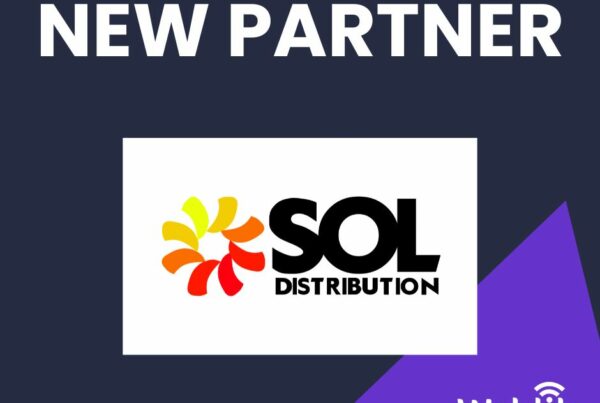Points of sale can also have access to it!
When digital and marketing intersect, data-driven marketing emerges: marketing that frees itself from studies to better enlighten itself through data. More information collected, processed faster, more efficiently and with greater finesse: data-driven marketing heralds a new era where intelligent targeting replaces mass communication.
But if the data makes it possible to personalize the messages, it also makes it possible to rehabilitate the effectiveness of the marketing strategies by offering advertisers and/or retailers the ROI approach they have been asking for for so long.
The benefits of a data-driven marketing strategy
Today, points of sale have a handicap compared to e-commerce: they are blind. Indeed, where e-commerce makes it possible to implement data analysis solutions to better understand consumer habits, improve the customer journey and obtain a higher conversion rate, physical stores are deprived of this if valuable data.
However, the world of communication has made a real turning point: exit mass marketing, hello the era of ultra-personalization which places the consumer at the heart of the customer journey. But to initiate this change, it is still necessary to give ourselves the means: we must know your client – or at least have the necessary tools to get to know them and build a privileged relationship. For that, you have to take an interest in his background. This is where the phygital strategy is born, the basis of which is proximity marketing. This involves pooling the information collected online and at points of sale using the Wi-Fi portal to acquire an omnichannel view of customer behavior.
Proximity data then allows retailers to outperform web-bought databases that fill in the name, email, or phone number of potential prospects, but have no information about the customer’s consumption habits. these users. However, it is from this intersection between sociological data and demographic data that the added value of data arises.
From data to insight: building your strategy
Concretely, the data can make it possible to analyze the frequentation of a shopping center to adjust the real estate prices of the spaces to be rented according to their location or that of the advertising spaces. For points of sale, data can help improve foot traffic in real time and direct the public to strategic points of attraction. Nevertheless, for this, it must be worked on: the first step towards a data-driven strategy is to ensure the readability of the data collected.
Thus, proximity marketing makes it possible to link metrics on and offline. Bounce rate, length of visit time, number of visits, conversion rate: all this data comes into the points of sale to retrace a 360° customer journey thanks to a simple Wi-Fi connection. In this strategy, customers remain in control of their data and are required to give their consent for the analysis of their data, in compliance with the General Data Protection Regulations 2018.
By transforming data into insight, proximity marketing then makes it possible to build two types of strategies.
On the one hand, an acquisition strategy to feed the CRM and monitor sales performance. This makes it possible to get rid of a gray area of the web: that of resellers, especially for marketplaces, because it is not possible to integrate other players into sales monitoring.
On the other hand, it feeds a loyalty strategy. Formerly based on the loyalty card, it is now based on the strategy digital which is not immediately highlighted. By deploying communication actions aimed at engaging and building loyalty around the brand, retailers can work on their image.
Better customer knowledge
“Real time”, data time In an ultra-competitive environment, every minute counts. All the interest of data-analysis, beyond better customer knowledge or a more refined marketing strategy, lies in real time.
According to a study conducted by Retail Me Not, 70% of people in the purchasing phase in a store consult their phone, and one in two French people would find it interesting to receive flash offers by SMS.
Acclaimed by the public, data analysis makes it possible to adjust its strategy according to specific and real needs. For example, when the queue becomes too long, knowing the details of human flows then makes it possible to direct customers at the checkout level to better manage their distribution in real time… This also gives the possibility of setting up offers flash for monetization purposes.
Based on data analysis, data-driven marketing helps guide your strategy for maximum optimization. And after ? The greater the volume of data collected, the more the implementation of precise predictive marketing is possible.
Ultimately, this makes it possible both to anticipate consumption patterns according to customer history, but also to further target its messages for even more effective engagement. The beginning of a tailor-made marketing?








